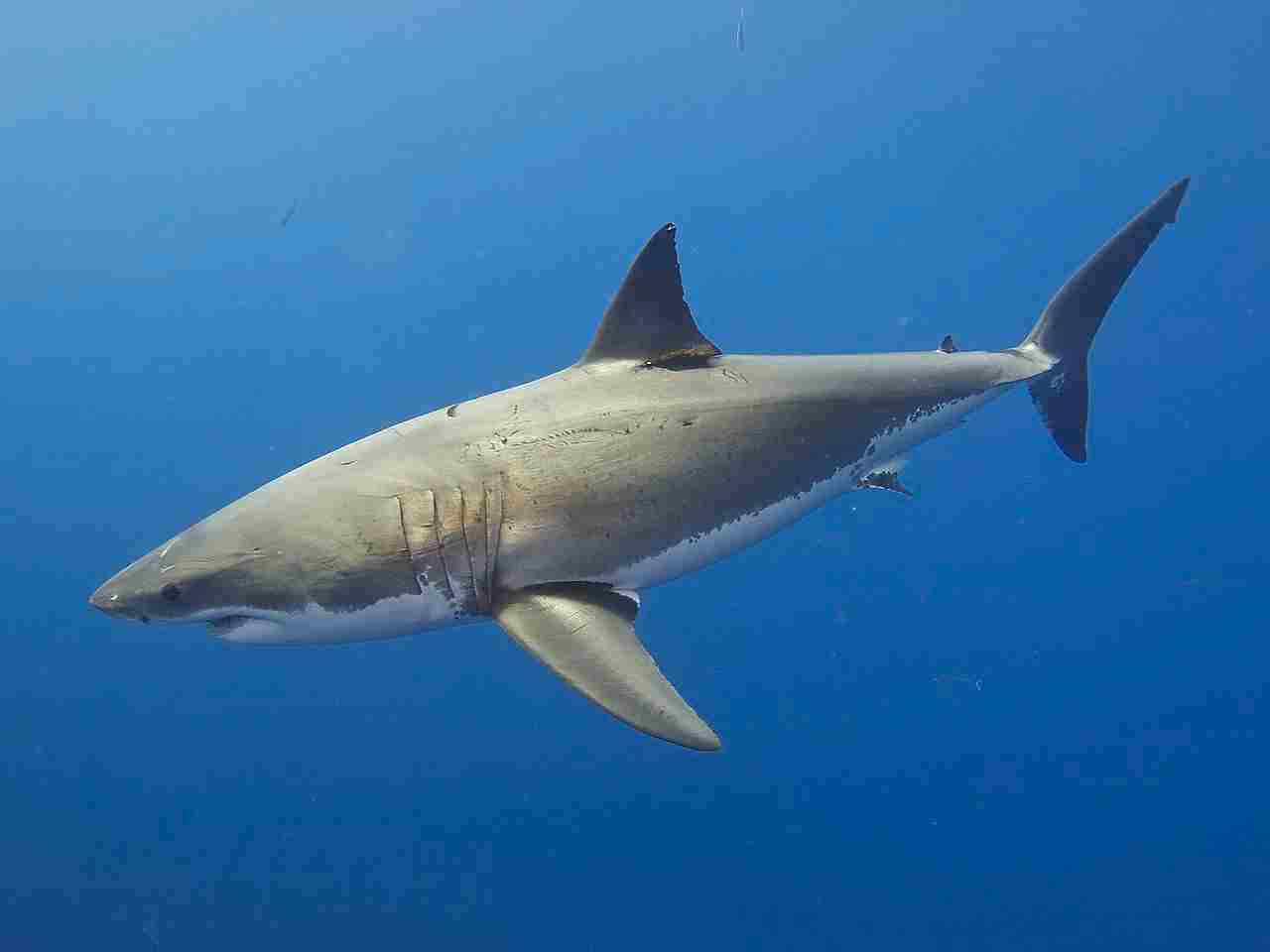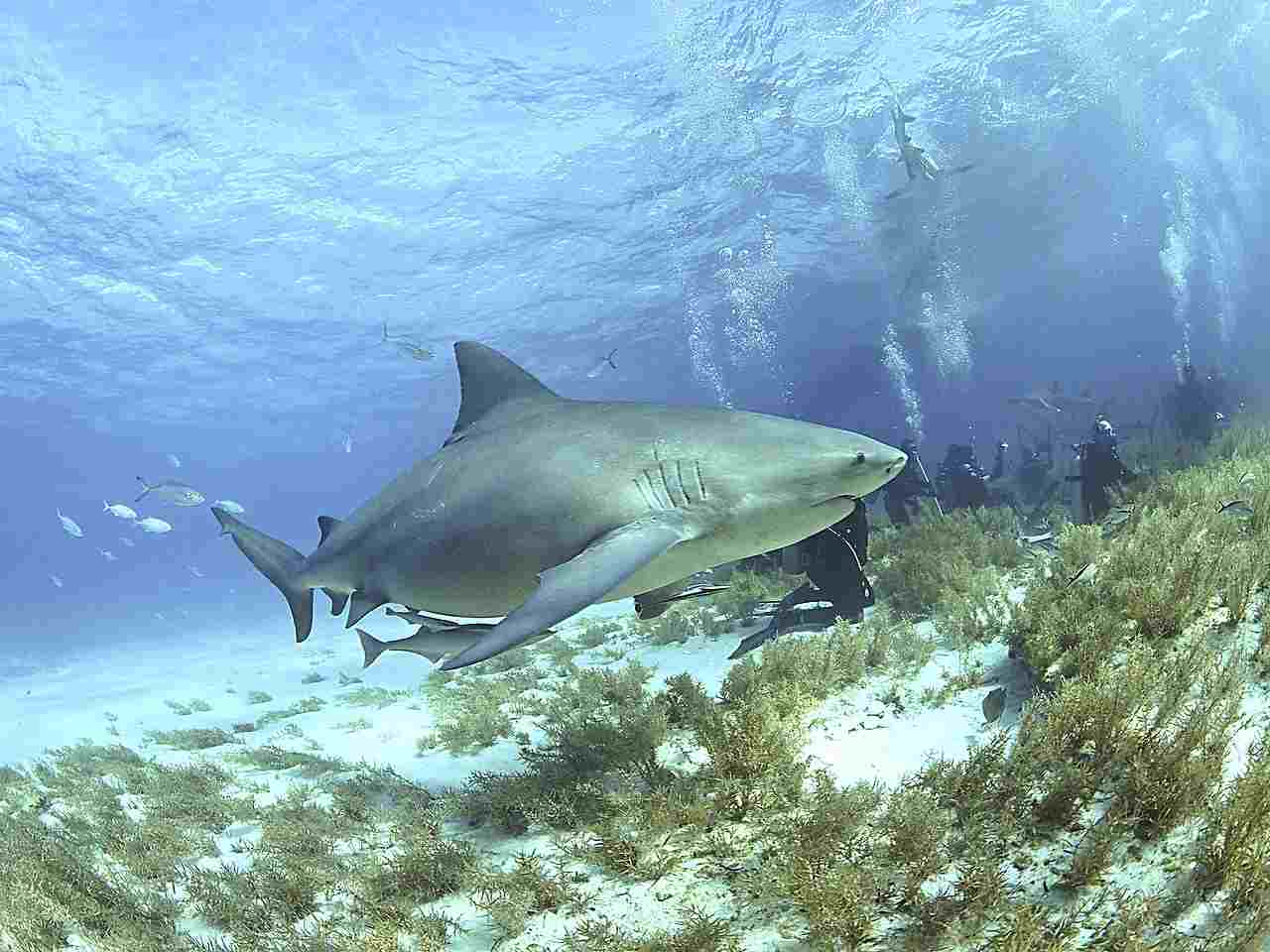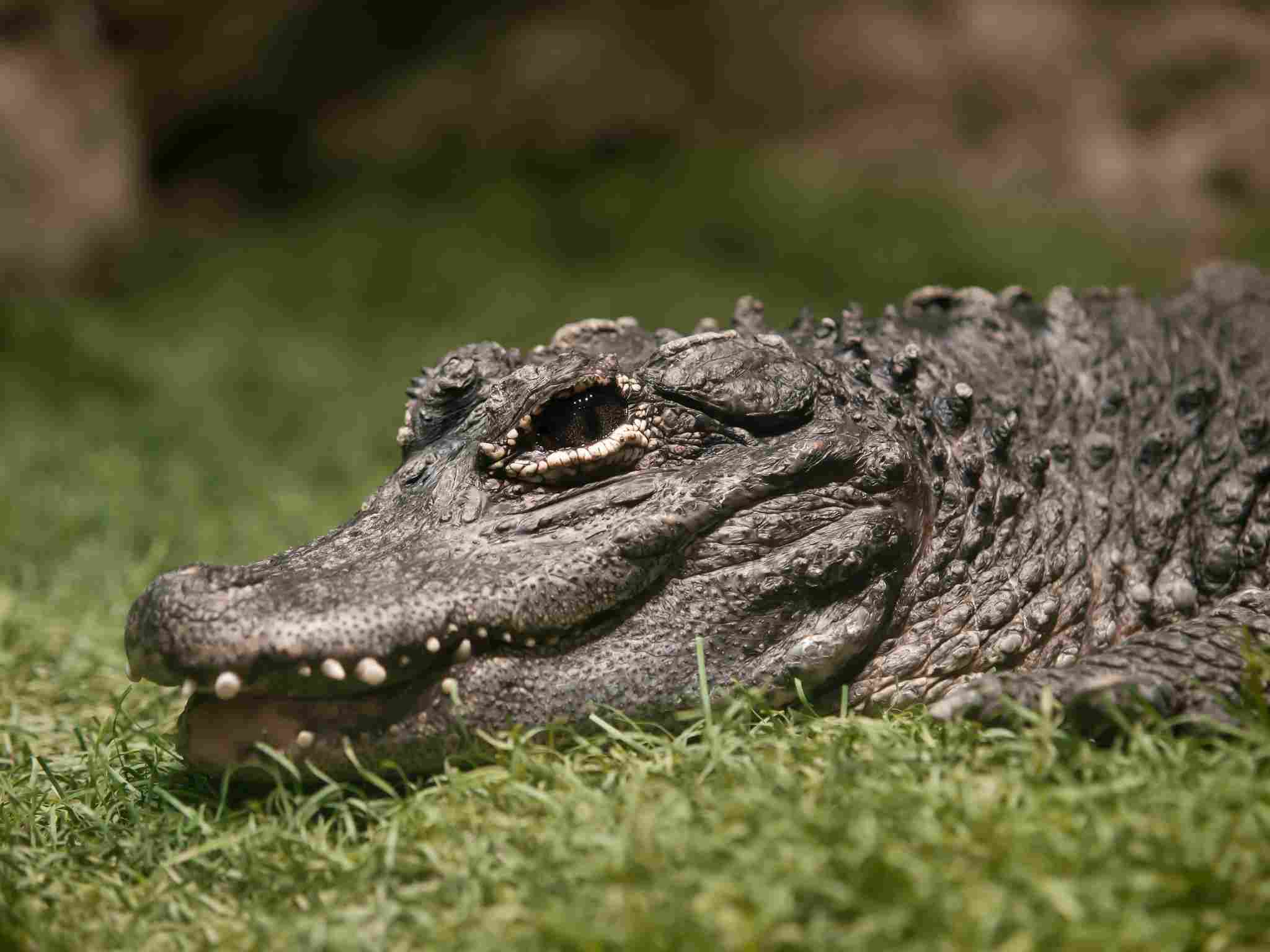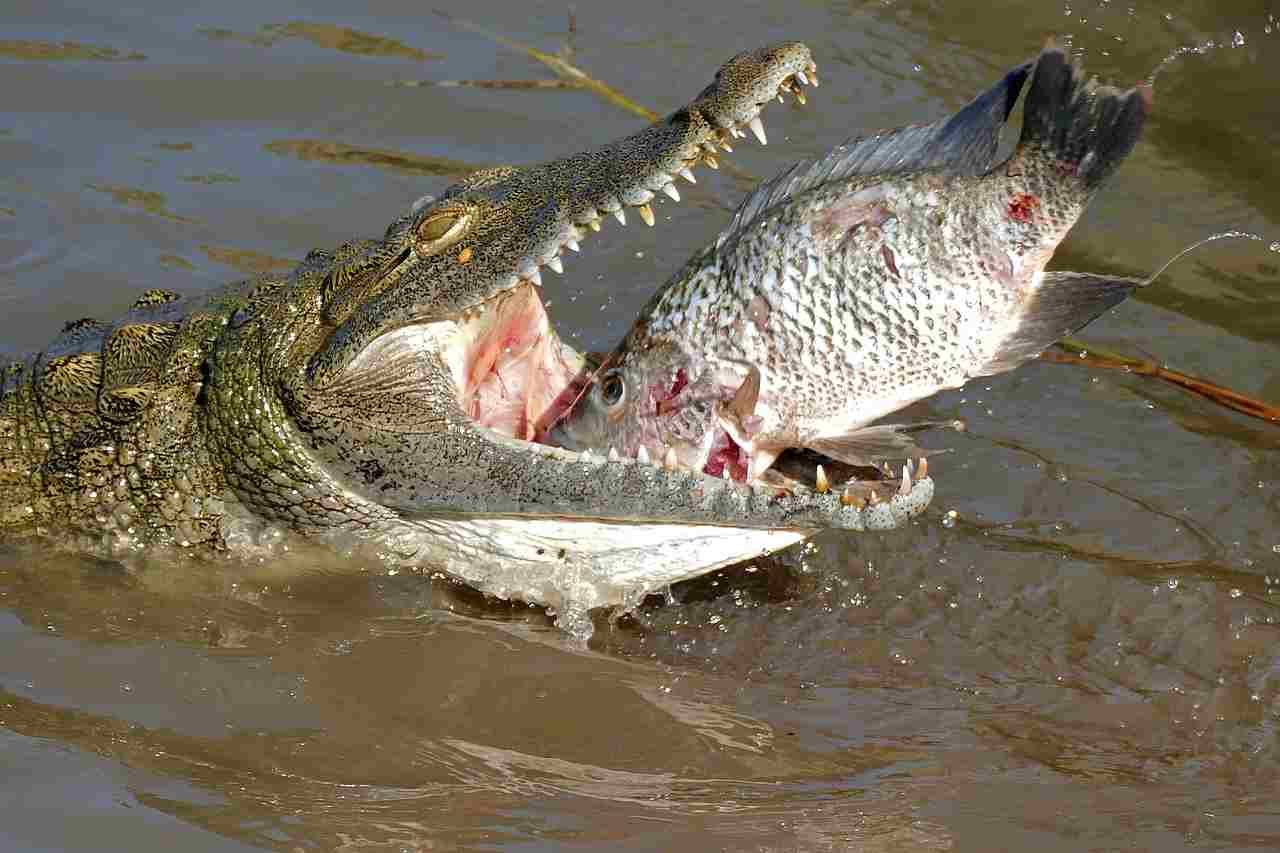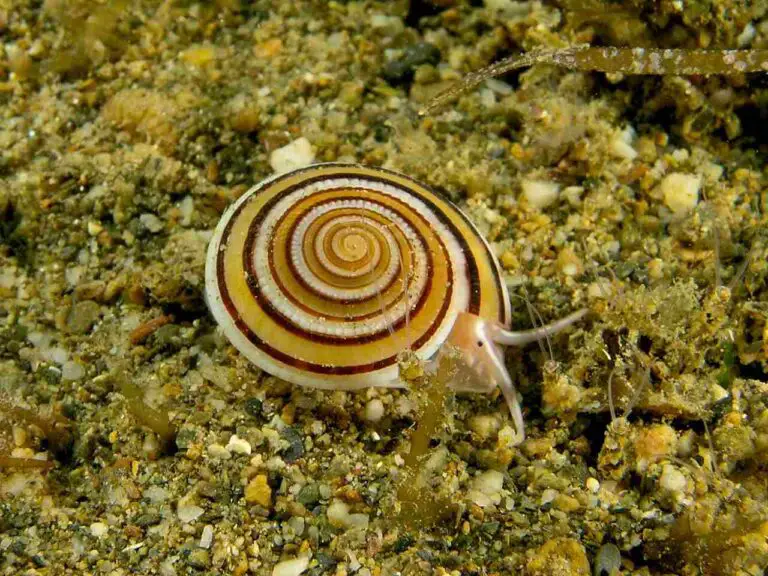Alligator Vs Shark Who Would Win, Overall Comparison
In a conceptual encounter between an alligator and a shark, two apex predators with distinct taxonomic and physiological differences, we delve into the potential dynamics of this confrontation. Alligators, being semiaquatic reptiles, contrast with sharks, fully aquatic cartilaginous fish. This analysis aims to highlight these differences and assert that, in a fight, a shark would likely emerge victorious against an alligator due to its larger size, greater weight, superior strength, powerful swimming capabilities, and heightened predatory adaptations in the aquatic environment. Only exemptions from this hypothesis are the smaller species of sharks.
Alligator vs Shark Fight Prediction: Assessing the Likely Victor in a Confrontation
In a hypothetical scenario involving an alligator and a shark, two formidable predators with significant taxonomic and physiological distinctions, the outcome of a fight is shaped by their aquatic adaptations and physical attributes. While alligators may be formidable in their own right, the superior size, strength, and predatory features of sharks likely position them as the dominant force in a confrontational scenario.
I). Taxonomic and Physiological Differences:
– Alligators belong to the order Crocodylia and are semiaquatic reptiles, possessing a combination of terrestrial and aquatic adaptations. Sharks, on the other hand, belong to the class Chondrichthyes and are fully aquatic cartilaginous fish, showcasing streamlined bodies and specialized gill structures for efficient underwater breathing.
II). Semiaquatic Nature of Alligators:
– Alligators primarily inhabit freshwater habitats and display behaviors adapted to both terrestrial and aquatic environments. Their ability to move between land and water contributes to their predatory strategies.
III). Fully Aquatic Nature of Sharks:
– Sharks are fully aquatic, with gill slits for efficient oxygen extraction from water. Their streamlined bodies and powerful tails make them well-adapted for swift and efficient swimming in marine environments.
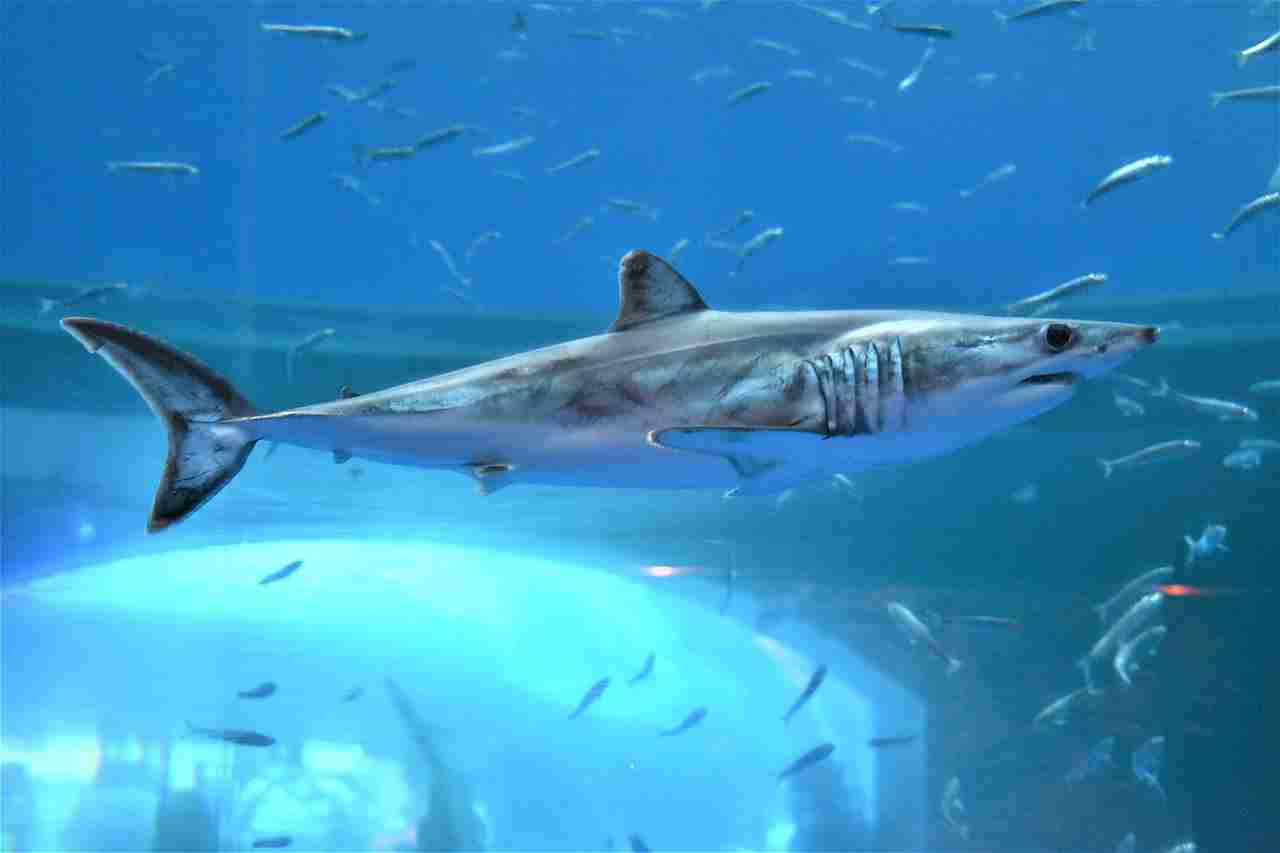
IV). Shark’s Larger Size, Weight, and Strength Advantage:
– In a hypothetical fight, a shark would likely win against an alligator due to its significantly larger size, greater weight, and superior strength. The physical dominance of sharks, particularly in their natural aquatic habitat, positions them as formidable predators.
V). Shark’s Powerful Swimming Capabilities:
– Sharks are known for their powerful swimming capabilities, allowing them to navigate the open ocean with speed and precision. In a confrontational scenario, the shark’s agility and swimming prowess would likely surpass that of the alligator in water.
VI). Shark’s Sensory and Predatory Superiority:
– Sharks possess highly developed sensory organs, including keen eyesight, acute hearing, and a sophisticated lateral line system. These features, coupled with predatory adaptations such as powerful jaws and razor-sharp teeth, make sharks superior hunters in water compared to alligators.
VII). Overall Dynamics:
– In this hypothetical scenario, a shark is likely to emerge as the victor in a fight against an alligator due to its larger size, greater weight, superior strength, powerful swimming capabilities, and heightened predatory adaptations in the aquatic environment. While alligators may exhibit prowess in their semiaquatic habitats, the overall dynamics favor the shark in this hypothetical confrontation.
*Details of Comparison
| Criteria | Alligator | Shark |
| Taxonomy | Order Crocodylia, Family Alligatoridae, Genus Alligator |
Subclass Elasmobranchii, Superorder Selachimorpha, Various Orders and Families
|
| Appearance | Stout, armored body, rounded snout |
Streamlined body, dermal denticles, pointed snout
|
| Size | 9 to 15 feet |
Varies (few feet to over 40 feet)
|
| Weight | 500 to 1,000 pounds |
Varies widely (few pounds to over 5,000 pounds)
|
| Bite Force (PSI) | Around 2,000 PSI |
Varies (e.g., great white sharks ~4,000 PSI)
|
| Physical Offensive Advantages | Strong jaw for gripping, ambush hunting |
Razor-sharp teeth, powerful jaw for tearing
|
| Physical Defensive Advantages | Armored body, bony plates |
Tough skin, dermal denticles
|
| Speed | Short bursts up to 20 mph on land |
Varies (some species up to 60 mph)
|
| Agility | Agile in short bursts, especially in water |
Highly agile in water, quick turns and maneuvers
|
| Overall Physical Capacity | Robust for ambush hunting |
Efficient swimming, pursuit predation
|
| Habitat Preference(s) | Freshwater habitats |
Predominantly marine environments
|
| Tracks | Clawed footprints on land |
No traditional tracks (marine animals)
|
| Lifespan | 30 to 50 years |
Lifespan varies widely by species
|
| Mode of Feeding | Sit-and-wait ambush predators |
Actively hunt using swimming and biting
|
| Intelligence | Basic problem-solving abilities |
Varied intelligence levels among species
|
| Social Behavior | Solitary, aggregate during mating season |
Varied social structures
|
| Mode of Reproduction | Oviparous, lay eggs in nests |
Varied reproductive modes
|
| Parental Behavior | Female guards nest, limited parental care |
Parental care varies; some provide extensive care
|
| Proximity to Human-Inhabited Areas | Found near human settlements |
Typically more distant, some species may enter coastal areas
|
| Behavior Toward Humans | Generally shy, can be aggressive if provoked |
Not naturally aggressive; encounters often mistaken identity
|
| Danger Posed to Humans | Rare instances of attacks, usually in response to provocation |
Attacks infrequent, often due to mistaken identity
|
| Associated Precautions | Caution near freshwater habitats |
Warning signs at beaches
|
| Conservation Status | American alligator “Least Concern,” Chinese alligator “Critically Endangered” |
Varies by species, some listed as “Endangered” or “Vulnerable”
|
| Conclusion |
Similarities in maintaining ecosystem balance and adaptations for predation. Differences in reproductive strategies, intelligence levels, and conservation statuses, emphasizing the need for targeted conservation efforts.
|
1. Taxonomy:
Alligator:
Order: Crocodylia
Family: Alligatoridae
Genus: Alligator
Species: A. mississippiensis (American alligator), A. sinensis (Chinese alligator)
Shark:
Subclass: Elasmobranchii
Superorder: Selachimorpha
Orders: Various (e.g., Carcharhiniformes, Lamniformes)
Families: Diverse (e.g., Carcharhinidae, Lamnidae)
Genera and Species: Varies across different shark species
2. Appearance:
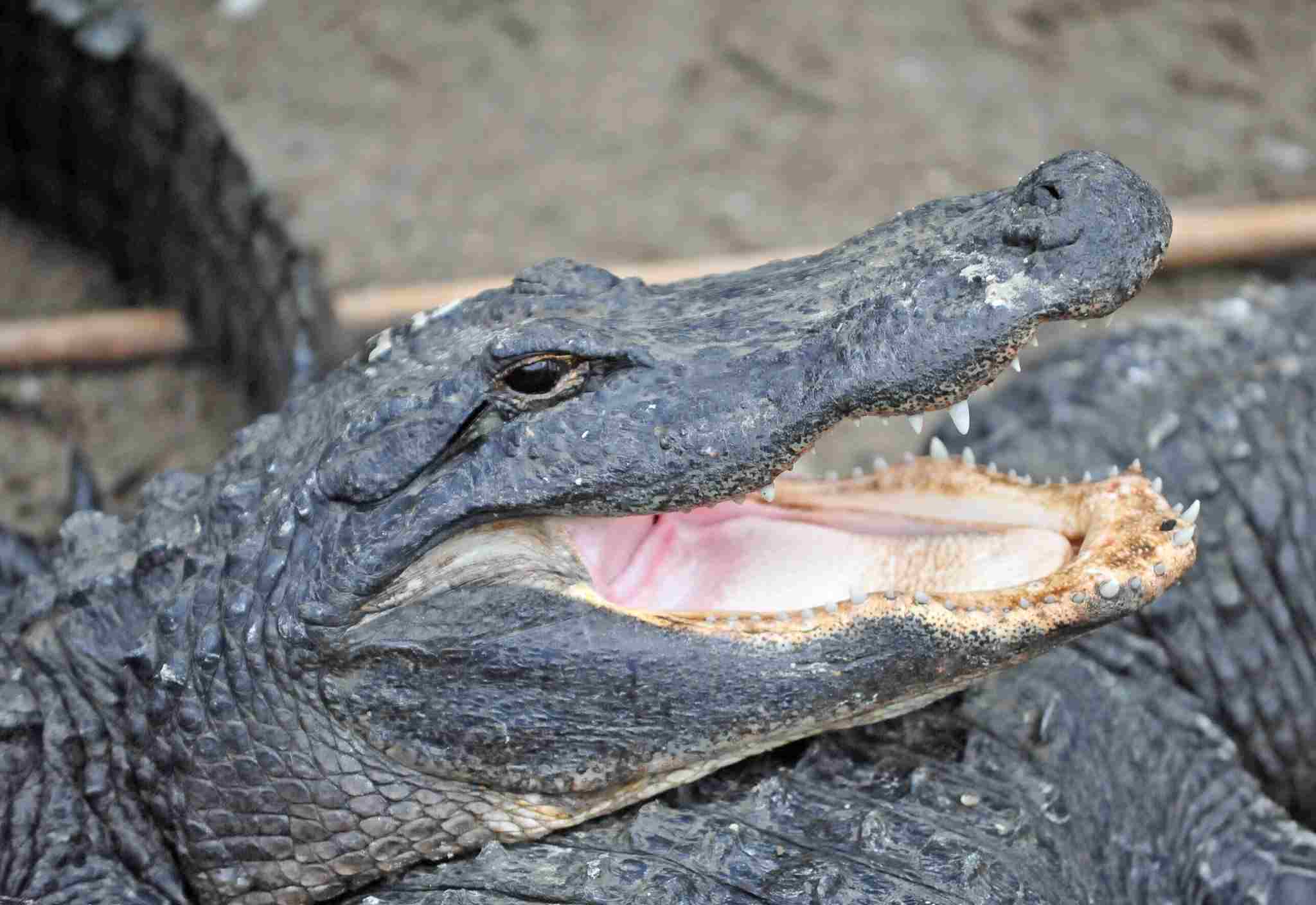
Alligator:
Stout body, armored with bony plates
Upright posture with a broad, rounded snout
Dark coloration for camouflage in water
Shark:
Streamlined body, covered in dermal denticles
Hydrodynamic design with a pointed snout
Varied coloration, often gray or brown for oceanic camouflage
Comparison: Alligators have a robust, heavily-armored appearance, contrasting with the sleek, streamlined profile of sharks.
Ecological Implications: Alligator appearance aids in ambush hunting, while the shark’s streamlined form enhances its swimming efficiency for pursuit predation.
3. Size:
Alligator:
Adult lengths range from 9 to 15 feet (2.7 to 4.6 meters)
Males larger than females
Shark:
Enormous size variations; from a few feet (e.g., dogfish sharks) to over 40 feet (e.g., whale shark)
Sexual dimorphism with females often larger in some species
Comparison: Sharks exhibit greater size diversity, ranging from small species to the massive whale shark, while alligators maintain a more uniform size range.
Ecological Implications: Size differences affect ecological roles; smaller sharks may have different prey preferences than larger ones, while alligators, being more consistent in size, have a more stable ecological niche.
4. Weight:
Alligator:
Typically 500 to 1,000 pounds (227 to 454 kg)
Shark:
Weights vary greatly among species
Smaller species like dogfish sharks weigh a few pounds, whereas larger ones like the great white can exceed 5,000 pounds (2,268 kg)
Comparison: Sharks can attain significantly greater weights than alligators, reflecting the broader range of sizes within the shark group.
Ecological Implications: Weight impacts predator-prey dynamics; larger sharks can target larger prey, contributing to the regulation of marine ecosystems.
5. Alligator Vs Shark Bite Force (PSI – Pounds per Square Inch):
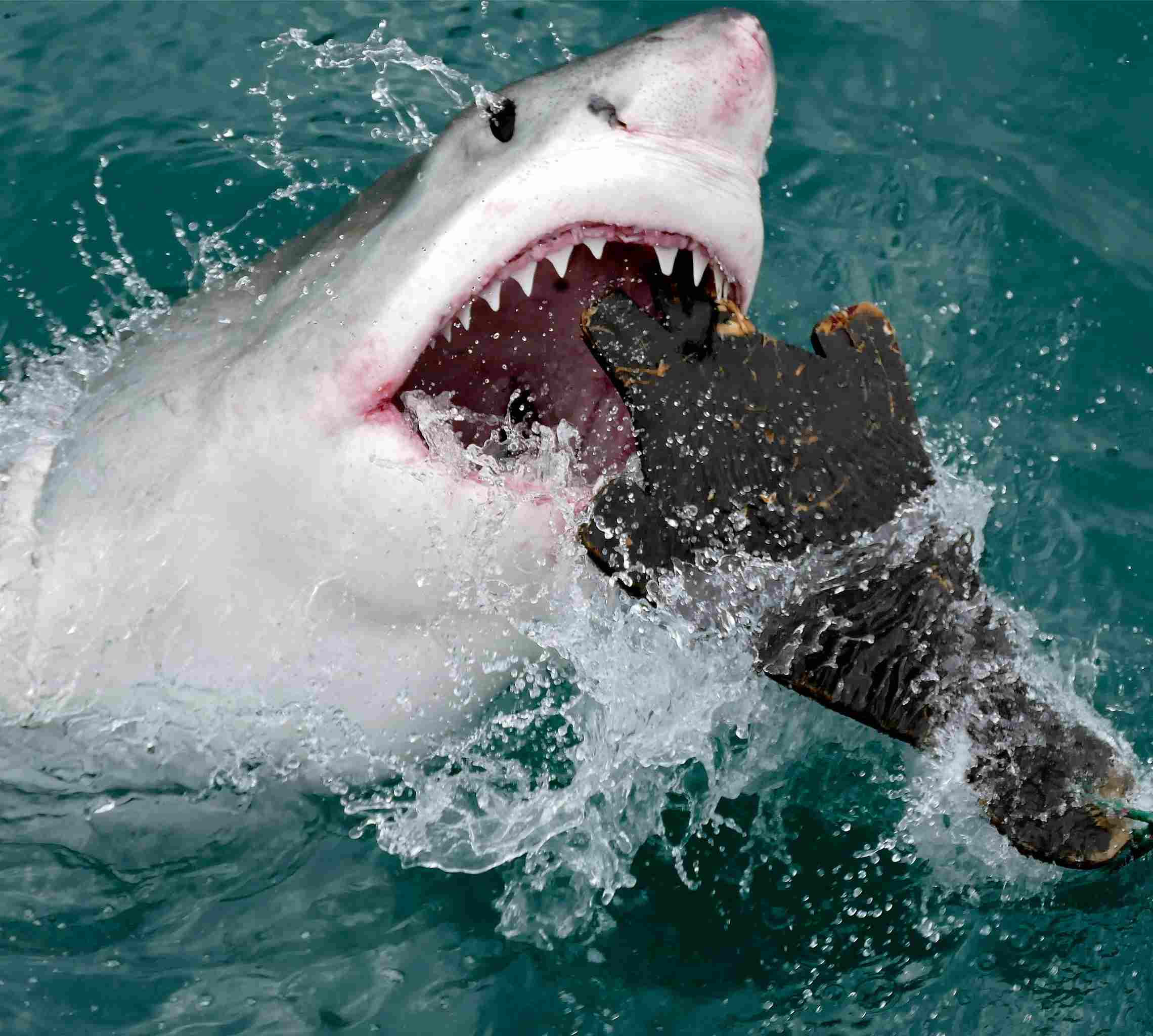
Alligator:
Estimated bite force of about 2,000 PSI
Shark:
Bite force varies; e.g., the great white shark may exert around 4,000 PSI
Comparison: Sharks generally exhibit higher bite forces than alligators, enhancing their ability to capture and consume prey.
Ecological Implications: Bite force affects predation efficiency; sharks with powerful bites can tackle a broader range of prey items, impacting prey populations and community structure.
6. Physical Offensive Advantages:
Alligator:
Strong jaw muscles for gripping and crushing prey
Ambush hunting strategy utilizing powerful bite
Shark:
Razor-sharp teeth and powerful jaw muscles for tearing and cutting
Swift swimming and biting during predatory attacks
Comparison: Alligators excel in ambush strategies with a powerful bite, while sharks leverage swift swimming and cutting teeth for offensive prowess.
Ecological Implications: These offensive adaptations influence their roles in ecosystems, with alligators often relying on surprise attacks, while sharks use speed and precision during pursuits.
7. Physical Defensive Advantages:
Alligator:
Armored body and bony plates provide protection
Quick movements and diving as defensive tactics
Shark:
Tough skin covered in dermal denticles
Evasive maneuvers and swimming speed as primary defenses
Comparison: Alligators utilize a robust, armored body for defense, contrasting with sharks that rely on skin adaptations and agile swimming for protection.
Ecological Implications: These defensive mechanisms contribute to the survival of both species within their respective ecosystems, influencing interactions with predators and competitors.
8. Speed (Km/hour or Mile/hour):
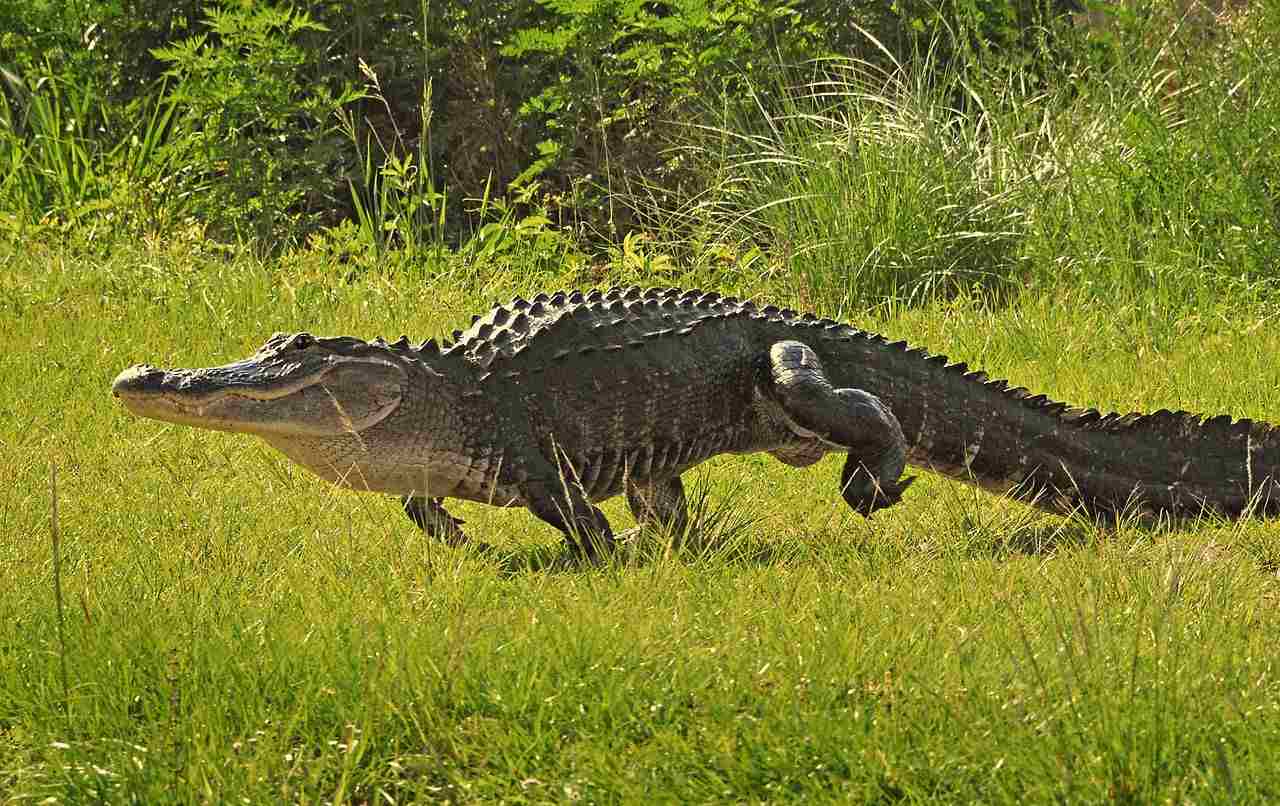
Alligator:
Capable of short bursts up to 20 mph (32 km/h) on land
Slower in water but agile in short sprints
Shark:
Speeds vary by species; some can reach 60 mph (97 km/h)
Swift swimmers with adaptations for efficient propulsion
Comparison: Sharks generally exhibit higher sustained swimming speeds than alligators, enabling them to cover larger distances efficiently.
Ecological Implications: Speed influences hunting strategies and the ability to navigate habitats, impacting the ecological roles of these species in different environments.
9. Agility:
Alligator:
Agile in short bursts, particularly in water
Quick turns and lunges for capturing prey
Shark:
Highly agile in water, capable of quick turns and maneuvers
Flexible body and fins contribute to agile swimming
Comparison: Both alligators and sharks display agility, but sharks, with their streamlined bodies, often demonstrate more fluid and precise movements in the water.
Ecological Implications: Agility is crucial for effective hunting and evasion, shaping the ecological roles of these species in their respective habitats.
10. Overall Physical Capacity:
Alligator:
Well-adapted for ambush hunting and gripping prey
Robust body structure for strength and durability
Shark:
Designed for efficient swimming and pursuit predation
Hydrodynamic body and advanced sensory adaptations
Comparison: Alligators excel in stationary ambush tactics, while sharks’ overall physical design enhances their ability to actively pursue and capture prey.
Ecological Implications: The different physical capacities contribute to distinct ecological roles, with alligators specializing in stealthy attacks and sharks in dynamic, high-speed hunting.
11. Habitat Preference(s):
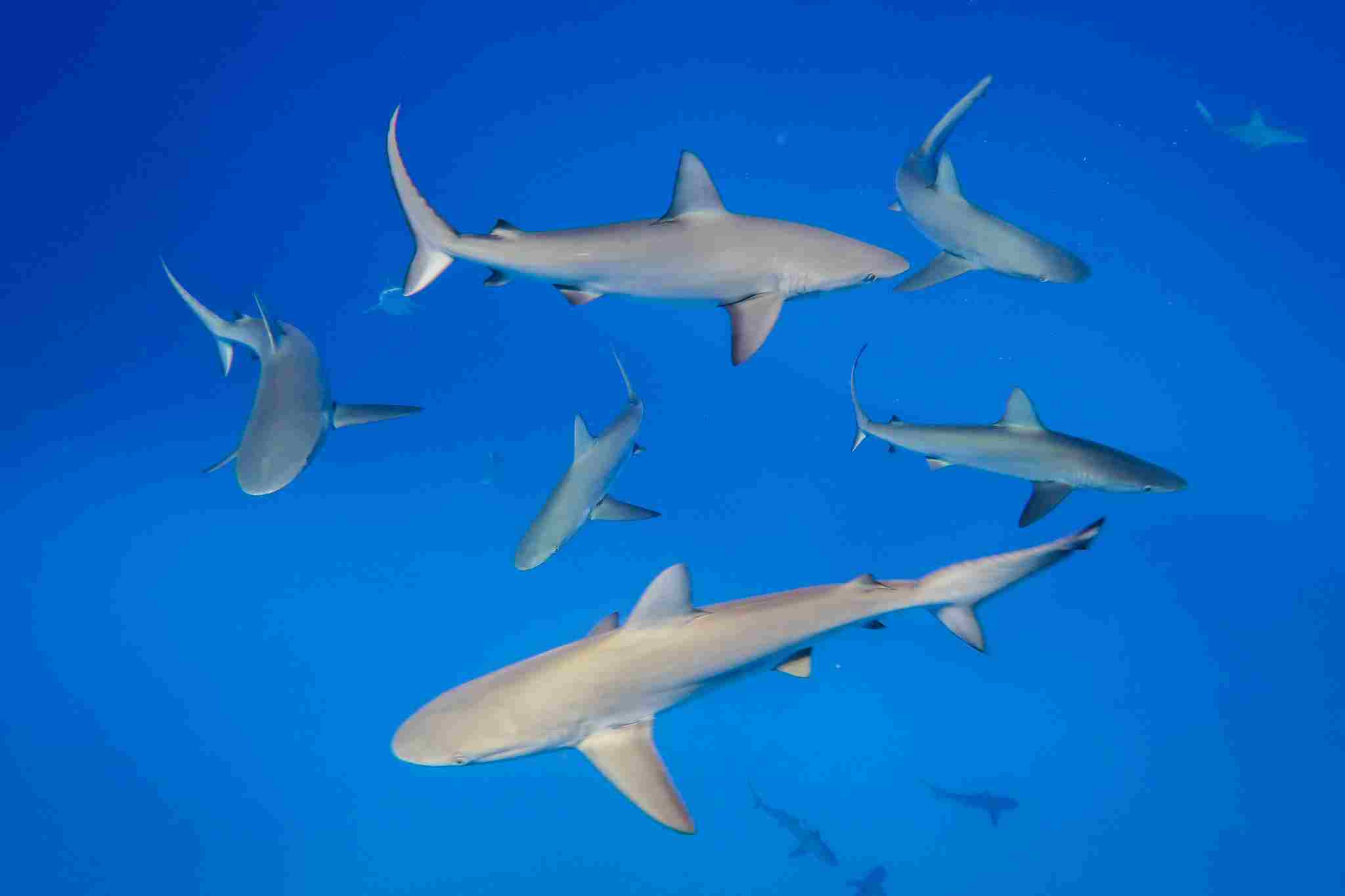
Alligator:
Freshwater habitats such as swamps, lakes, and rivers
Prefer slow-moving or still water with ample vegetation
Shark:
Predominantly marine environments, from coastal areas to open ocean
Diverse species inhabit various oceanic zones
Comparison: Alligators primarily inhabit freshwater ecosystems, while sharks occupy a wide range of marine habitats, reflecting their adaptation to different environments.
Ecological Implications: Habitat preferences influence the ecological niche and interactions with other species in their respective ecosystems.
12. Tracks:
Alligator:
Leave distinct clawed footprints on land
Drag marks when moving between water and land
Shark:
No tracks as they are marine animals
Presence indicated by observations, tracking, or remains
Comparison: Alligators leave visible tracks on land, whereas sharks, being aquatic, do not leave traditional tracks.
Ecological Implications: Tracking methods differ due to their habitats; alligators’ terrestrial traces contrast with the elusive nature of tracking sharks in the vast ocean.
13. Lifespan:
Alligator:
Typically 30 to 50 years in the wild
Longevity influenced by factors like habitat and predation
Shark:
Lifespan varies widely by species
Some species, like the Greenland shark, may live over 400 years
Comparison: Sharks generally exhibit greater variability in lifespan, with some species far surpassing the longevity of most alligators.
Ecological Implications: Lifespan impacts population dynamics and ecological roles; longer-lived species may have different reproductive and ecological impacts over time.
14. Mode of Feeding:
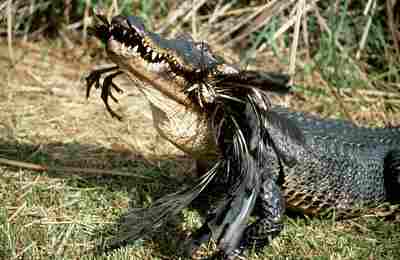
Alligator:
Sit-and-wait ambush predators
Grab and submerge prey with a powerful bite
Shark:
Actively hunt using a combination of swimming, sensing, and biting
Some species filter feed (e.g., whale sharks) while others engage in predatory attacks
Comparison: Alligators employ a sit-and-wait strategy, contrasting with the more active hunting approach of sharks, which may involve pursuits and coordinated attacks.
Ecological Implications: Feeding strategies contribute to the regulation of prey populations and influence the structure of their respective ecosystems.
15. Intelligence:
Alligator:
Demonstrates basic problem-solving abilities
Limited social structure and less complex behaviors
Shark:
Varied intelligence levels among species
Some, like the great white, exhibit complex behaviors and problem-solving skills
Comparison: Sharks, particularly certain species, may display higher levels of intelligence compared to alligators, impacting their adaptability and interaction with their environment.
Ecological Implications: Intelligence influences adaptability and ecological roles, with more intelligent species potentially exhibiting more flexible behaviors in response to changing conditions.
16. Social Behavior:
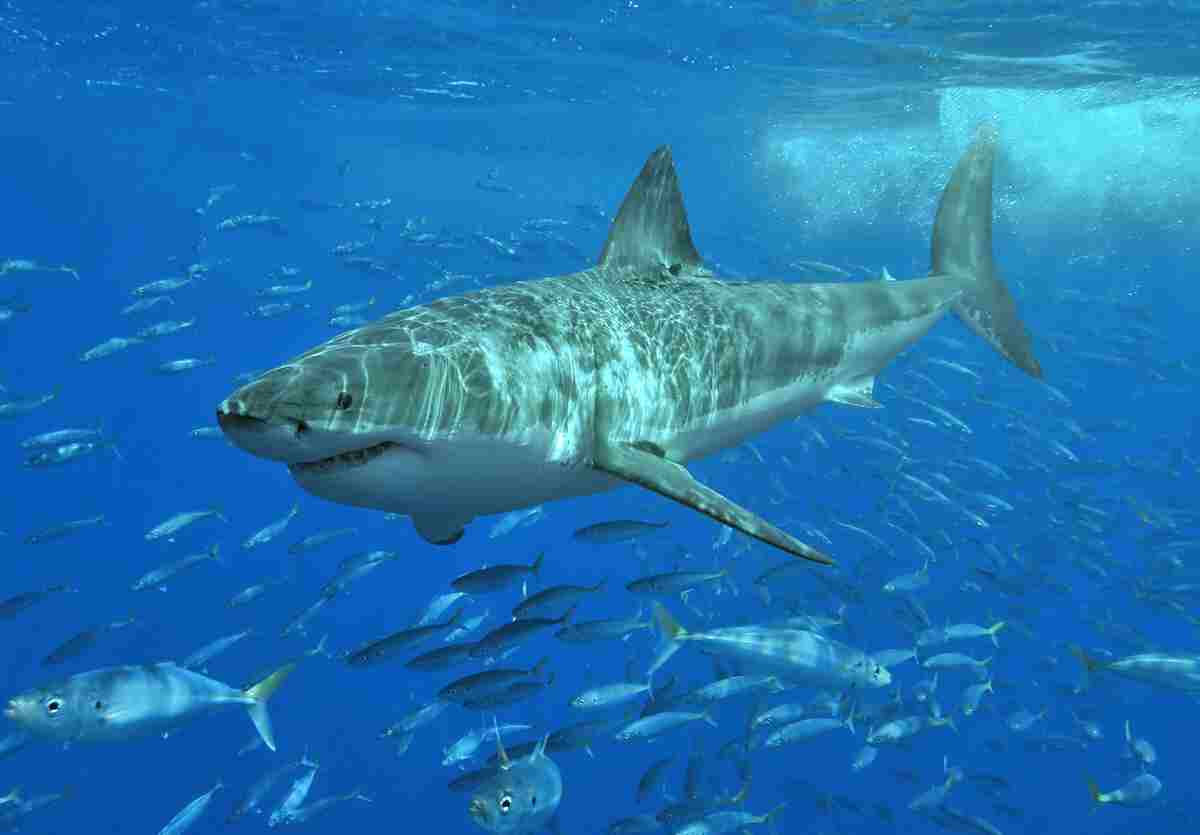
Alligator:
Solitary for most of the year
Aggregates during mating season
Shark:
Varied social structures; some are solitary, while others form loose aggregations or exhibit complex social hierarchies
Social behaviors may include cooperative hunting or mating rituals
Comparison: Alligators generally exhibit more solitary behavior, while sharks demonstrate a wider range of social structures and interactions.
Ecological Implications: Social behaviors impact resource utilization and reproductive strategies, influencing population dynamics and ecological interactions.
17. Mode of Reproduction:

Alligator:
Oviparous, laying eggs in nests
Female guards the nest and provides minimal parental care after hatching
Shark:
Varied reproductive modes, including oviparity, viviparity, and ovoviviparity
Range of parental care, from no care to extensive care in some species
Comparison: Alligators are consistently oviparous, laying eggs, while sharks exhibit diverse reproductive strategies, adapting to different environmental conditions.
Ecological Implications: Reproductive strategies impact population dynamics, and the level of parental care influences the survival of offspring, shaping the species’ roles in ecosystems.
18. Parental Behavior:

Alligator:
Female guards the nest and may help in opening the nest when eggs hatch
Limited parental care after hatching; young are independent
Shark:
Parental care varies widely among species
Some species exhibit no parental care, while others may provide extensive care, including nourishing the embryos (yolk-sac viviparity) or protecting pups
Comparison: Alligators show limited parental care compared to sharks, where parental behavior can range from minimal involvement to significant care.
Ecological Implications: Parental behavior influences the survival and development of offspring, affecting the population dynamics and roles of these species in their ecosystems.
19. Proximity to Human-Inhabited Areas:

Alligator:
Can be found in close proximity to human settlements, especially in southeastern United States
May inhabit lakes, ponds, and golf course water hazards
Shark:
Typically more distant from human-inhabited areas, but encounters can occur near coastal regions
Some species, like bull sharks, are known to enter freshwater environments
Comparison: Alligators are more commonly found in close proximity to human habitats, including residential areas, while sharks generally inhabit marine environments.
Ecological Implications: The proximity of these species to human settlements can lead to interactions, affecting both human and animal safety.
20. Behavior Toward Humans:
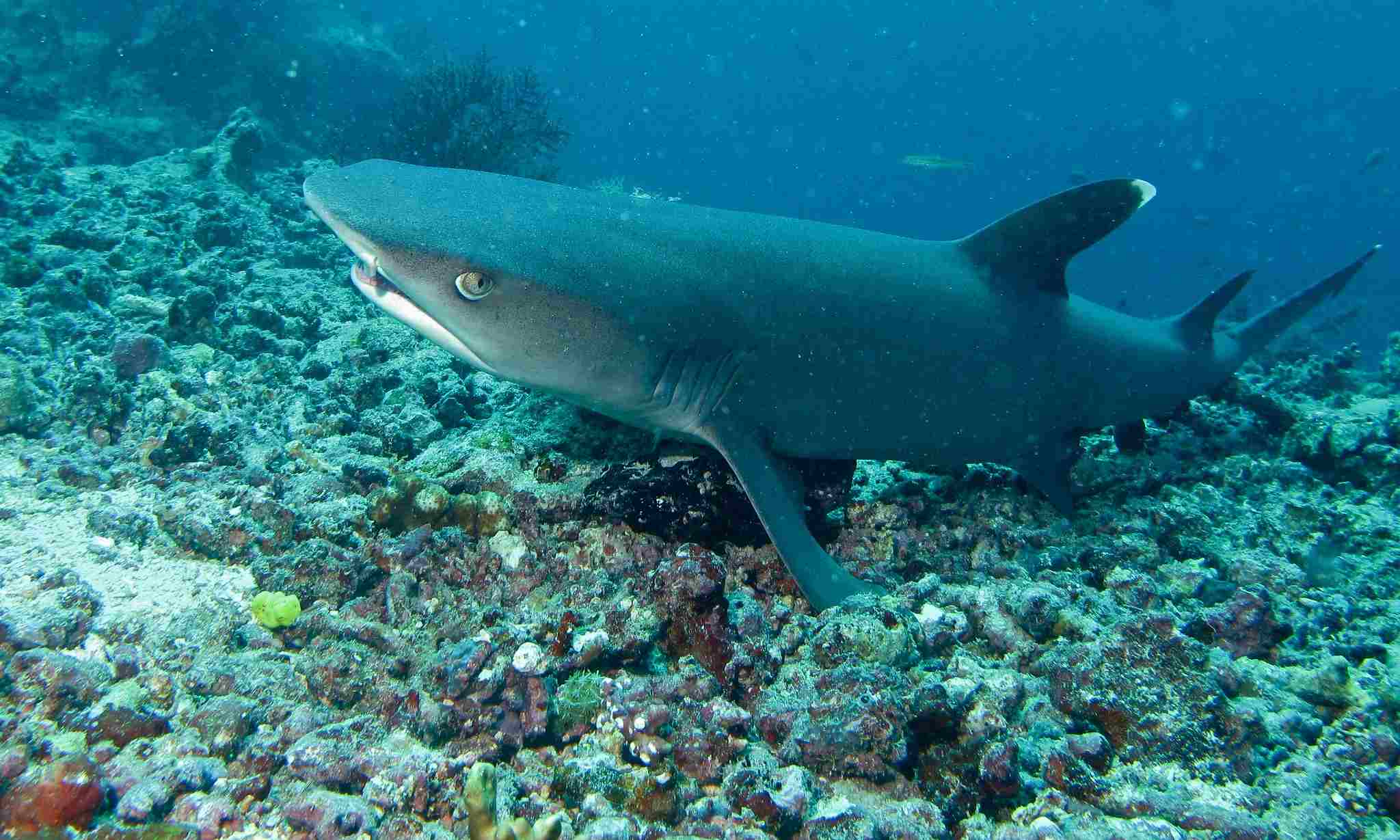
Alligator:
Generally shy and avoidant of humans
Can become aggressive if cornered or provoked
Shark:
Most species are not naturally aggressive toward humans
Encounters often result from mistaken identity or territorial behavior
Comparison: Both alligators and sharks tend to avoid humans, but aggressive behavior may occur in certain situations.
Ecological Implications: Human encounters can impact the perception and conservation of these species, influencing management strategies and public awareness.
21. Danger Posed to Humans:
Alligator:
Rare instances of alligator attacks on humans
Typically occur when humans encroach on their territory or disturb them
Shark:
Shark attacks on humans are infrequent
Most shark species are not considered a significant threat to human safety
Comparison: Both alligators and sharks pose minimal danger to humans, with attacks being relatively rare.
Ecological Implications: Understanding the factors contributing to human-wildlife interactions is crucial for developing conservation and safety measures.
22. Associated Precautions:
Alligator:
Caution advised near freshwater habitats, especially in regions where alligators are prevalent
Signs and education programs to inform the public about potential risks
Shark:
Warning signs at beaches to alert swimmers about potential shark presence
Surveillance and monitoring systems in place in areas known for shark activity
Comparison: Similar precautions include signage and educational efforts, emphasizing awareness and coexistence with these species in their respective habitats.
Ecological Implications: Implementing precautions helps mitigate potential conflicts and ensures the safety of both humans and wildlife.
23. Conservation Status:
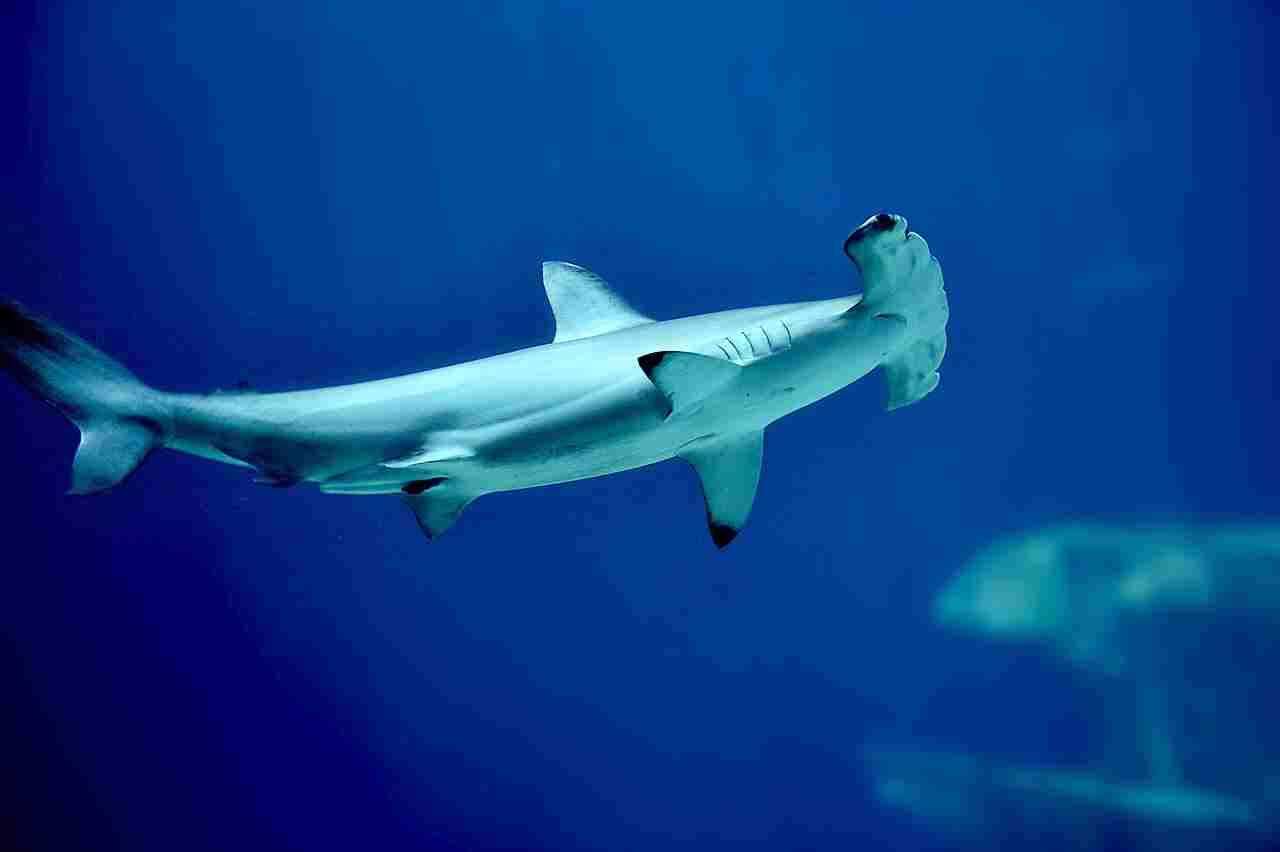
Alligator:
American alligator (A. mississippiensis) is listed as “Least Concern”
Chinese alligator (A. sinensis) is listed as “Critically Endangered”
Shark:
Conservation status varies widely by species
Some species are listed as “Endangered” or “Vulnerable,” primarily due to overfishing and habitat degradation
Comparison: While American alligators are generally stable, some shark species face significant conservation challenges, highlighting the vulnerability of certain shark populations.
Ecological Implications: Conservation statuses reflect the impact of human activities on these species and underscore the need for protective measures to sustain their populations.
Summary of Comparison
Taxonomy:
Alligators: Order Crocodylia, Family Alligatoridae, Genus Alligator
Sharks: Subclass Elasmobranchii, Superorder Selachimorpha, Various Orders and Families
Appearance:
Alligators: Stout, armored bodies with a broad, rounded snout
Sharks: Streamlined bodies covered in dermal denticles with a pointed snout
Size:
Alligators: Generally 9 to 15 feet
Sharks: Varies from a few feet to over 40 feet
Weight:
Alligators: Typically 500 to 1,000 pounds
Sharks: Weight varies widely among species, ranging from a few pounds to over 5,000 pounds
Bite Force (PSI):
Alligators: Estimated at about 2,000 PSI
Sharks: Varies; e.g., great white sharks may exert around 4,000 PSI
Physical Offensive Advantages:
Alligators: Strong jaw muscles for gripping and crushing prey
Sharks: Razor-sharp teeth and powerful jaw muscles for tearing and cutting
Physical Defensive Advantages:
Alligators: Armored body and bony plates
Sharks: Tough skin covered in dermal denticles
Speed:
Alligators: Short bursts up to 20 mph on land
Sharks: Varies by species; some can reach 60 mph
Agility:
Alligators: Agile in short bursts, especially in water
Sharks: Highly agile in water, capable of quick turns and maneuvers
Overall Physical Capacity:
Alligators: Robust for ambush hunting
Sharks: Designed for efficient swimming and pursuit predation
Habitat Preference(s):
Alligators: Freshwater habitats
Sharks: Predominantly marine environments
Tracks:
Alligators: Leave clawed footprints on land
Sharks: No traditional tracks, being marine animals
Lifespan:
Alligators: Typically 30 to 50 years
Sharks: Lifespan varies widely by species
Mode of Feeding:
Alligators: Sit-and-wait ambush predators
Sharks: Actively hunt using a combination of swimming and biting
Intelligence:
Alligators: Basic problem-solving abilities
Sharks: Varied intelligence levels among species
Social Behavior:
Alligators: Solitary, aggregate during mating season
Sharks: Varied social structures; some are solitary, others form loose aggregations
Mode of Reproduction:
Alligators: Oviparous, lay eggs in nests
Sharks: Varied reproductive modes, including oviparity, viviparity, and ovoviviparity
Parental Behavior:
Alligators: Female guards the nest, limited parental care
Sharks: Parental care varies widely; some provide extensive care
Proximity to Human-Inhabited Areas:
Alligators: Can be found near human settlements
Sharks: Typically more distant, but some species may enter coastal areas
Behavior Toward Humans:
Alligators: Generally shy but can be aggressive if provoked
Sharks: Not naturally aggressive; encounters often result from mistaken identity
Danger Posed to Humans:
Alligators: Rare instances of attacks, usually in response to provocation
Sharks: Attacks are infrequent, often due to mistaken identity
Associated Precautions:
Precautions advised near freshwater habitats with alligators
Warning signs at beaches to alert about potential shark presence
Conservation Status:
Alligators: American alligator listed as “Least Concern”; Chinese alligator “Critically Endangered”
Sharks: Conservation status varies widely by species, with some listed as “Endangered” or “Vulnerable”
Conclusion:
Similarities:
Both alligators and sharks play vital roles in maintaining ecosystem balance.
Both exhibit adaptations for effective predation and survival within their respective habitats.
Differences:
Divergent reproductive strategies, with sharks showcasing more variability.
Varied intelligence levels, with some shark species demonstrating higher cognitive abilities.
Differences in conservation status, emphasizing the need for targeted conservation efforts, especially for certain shark species.
